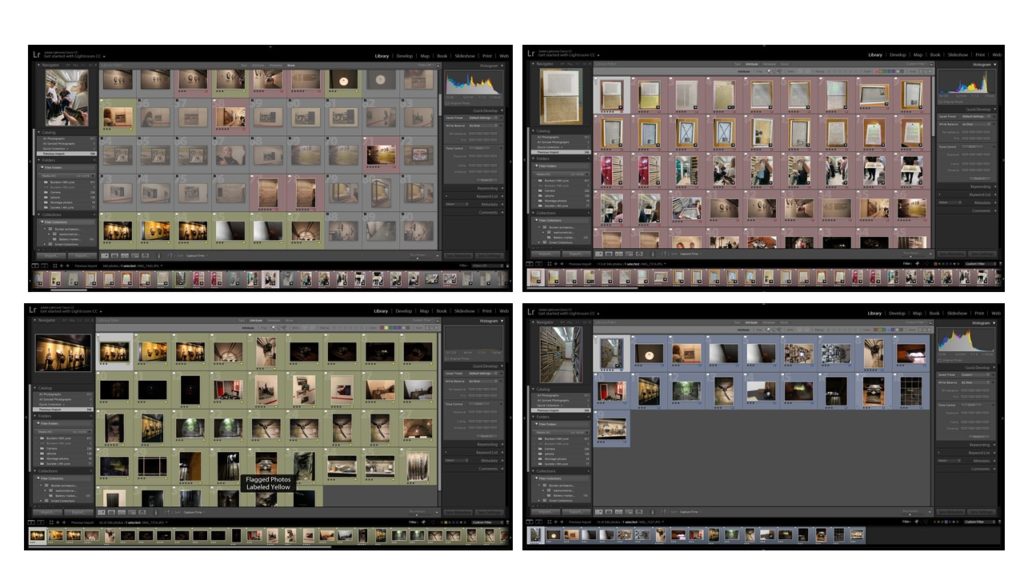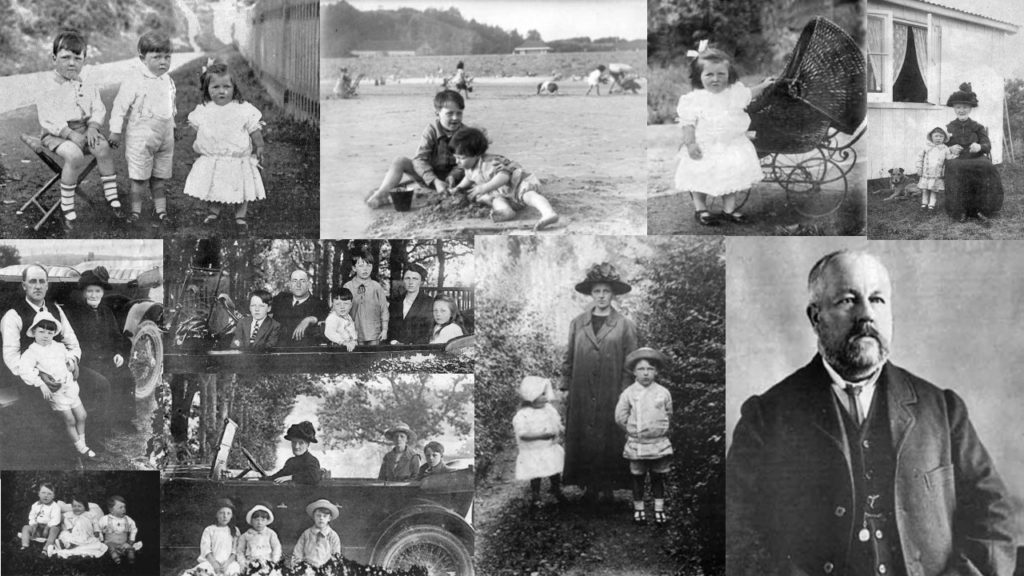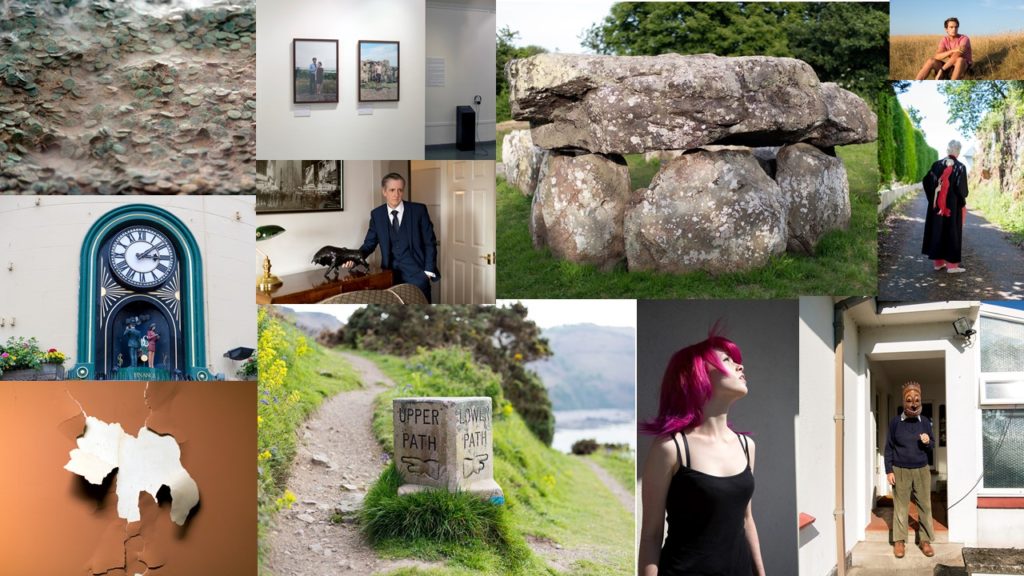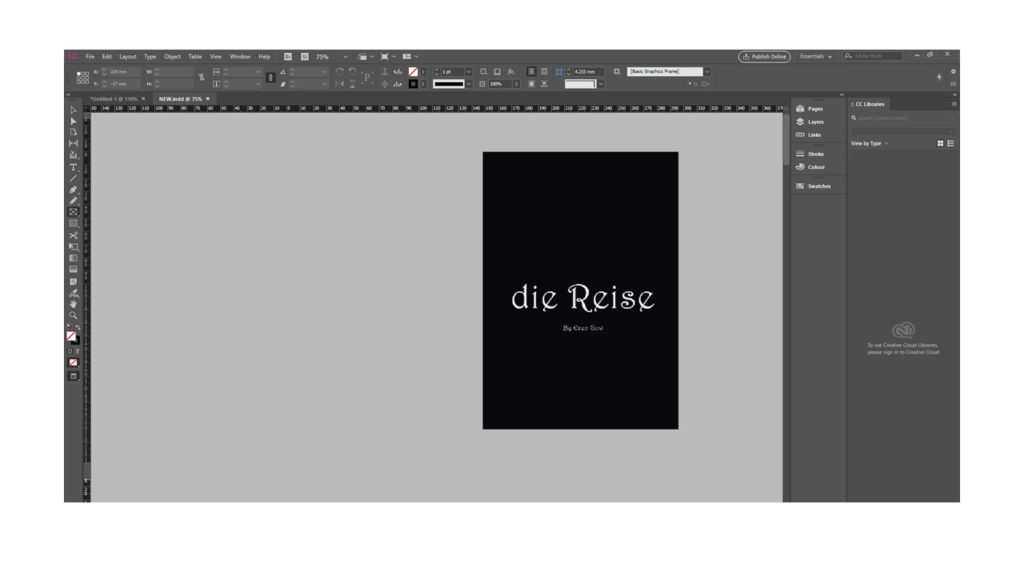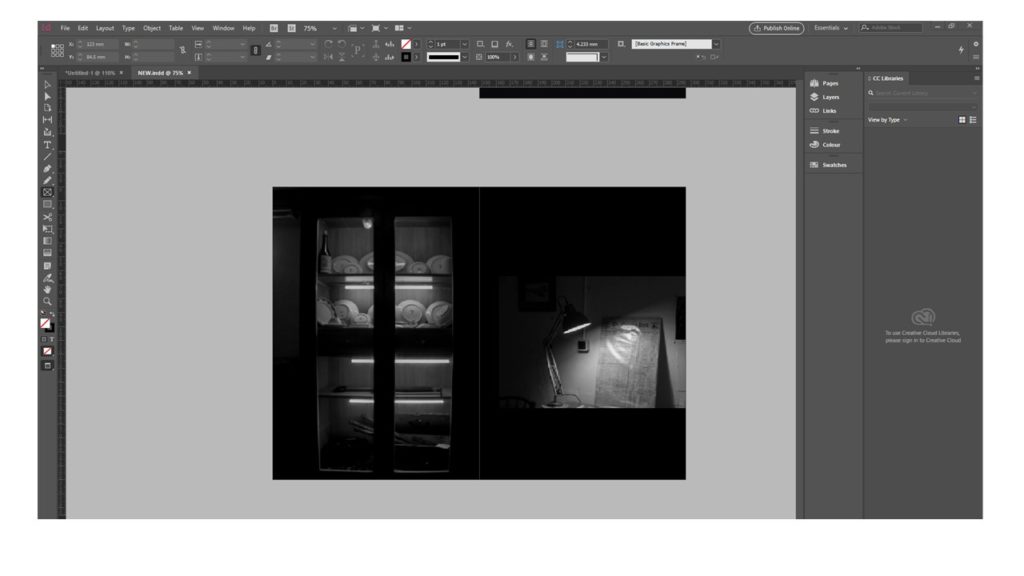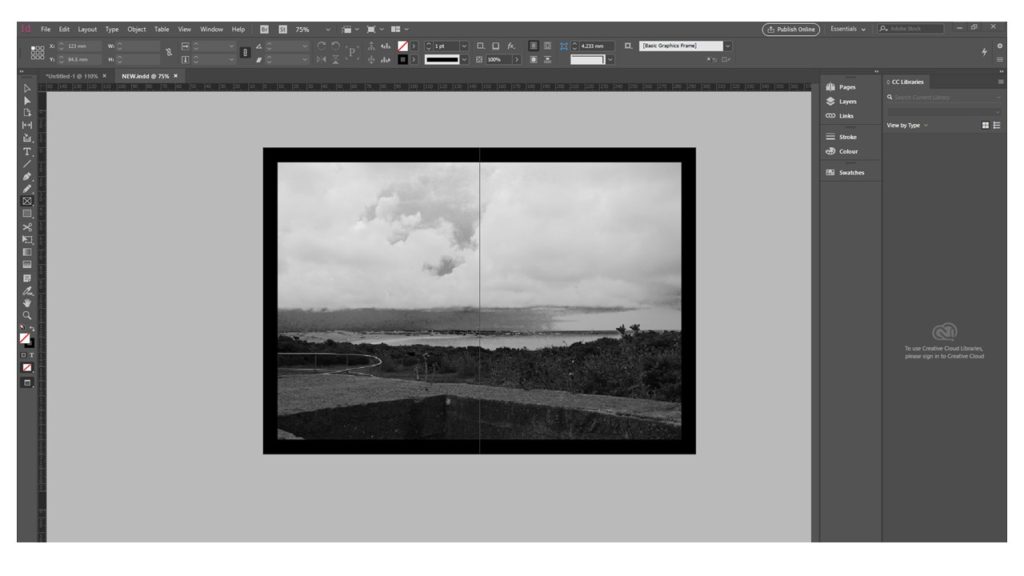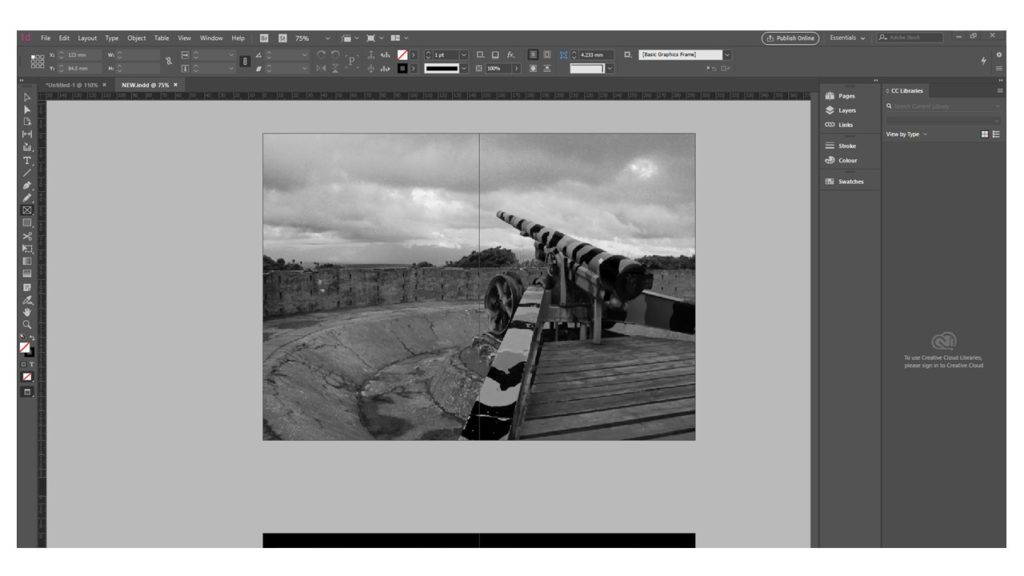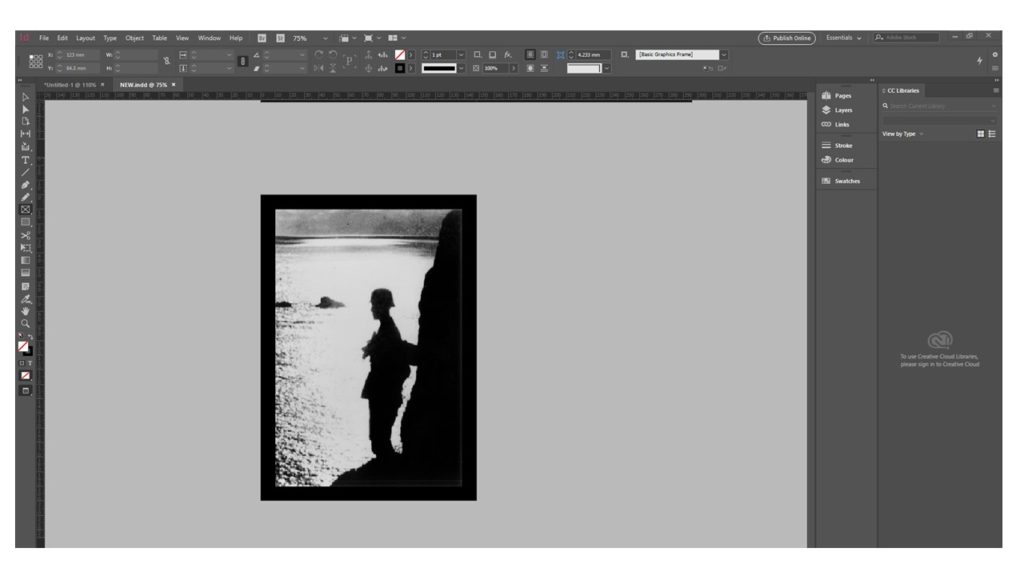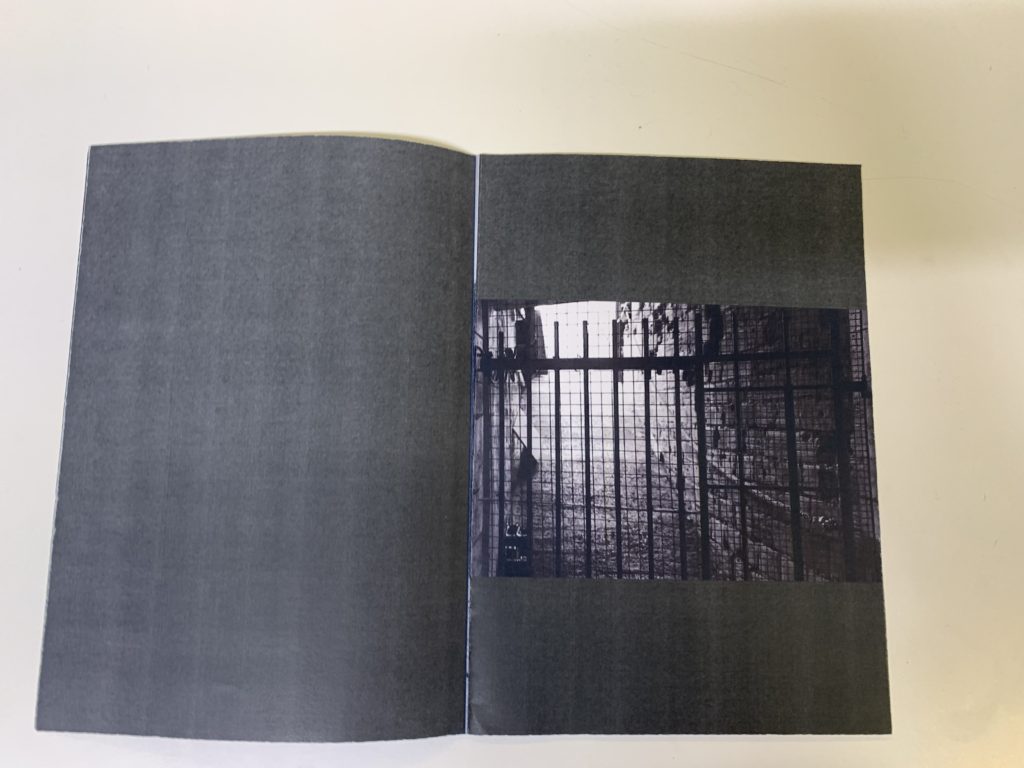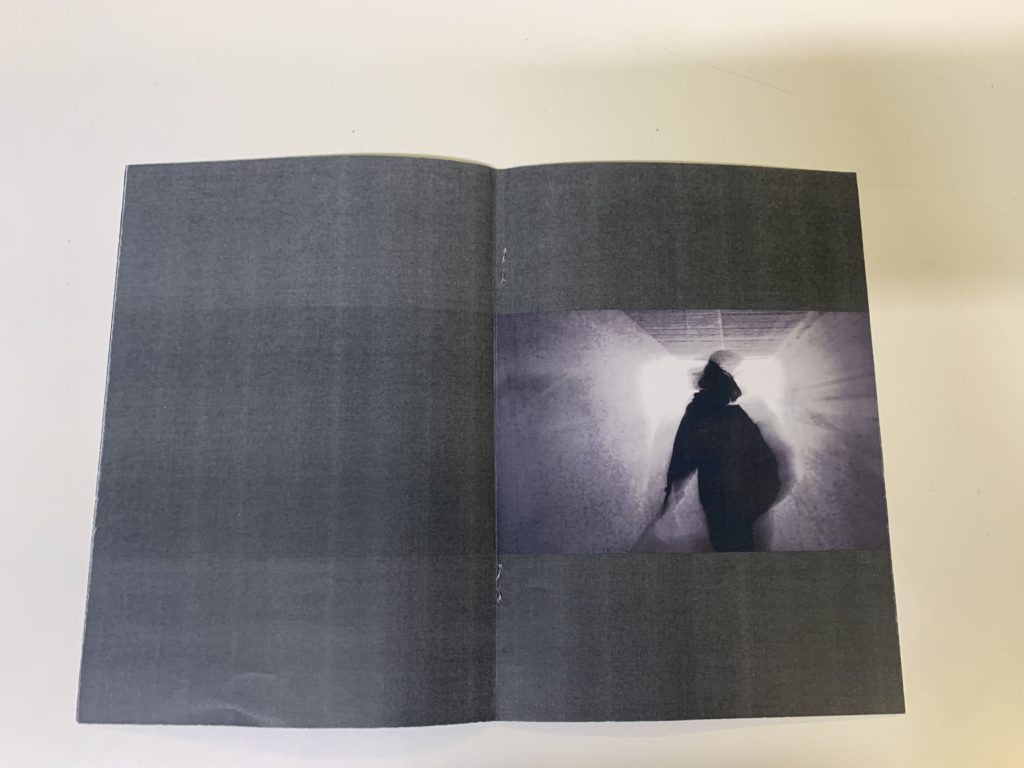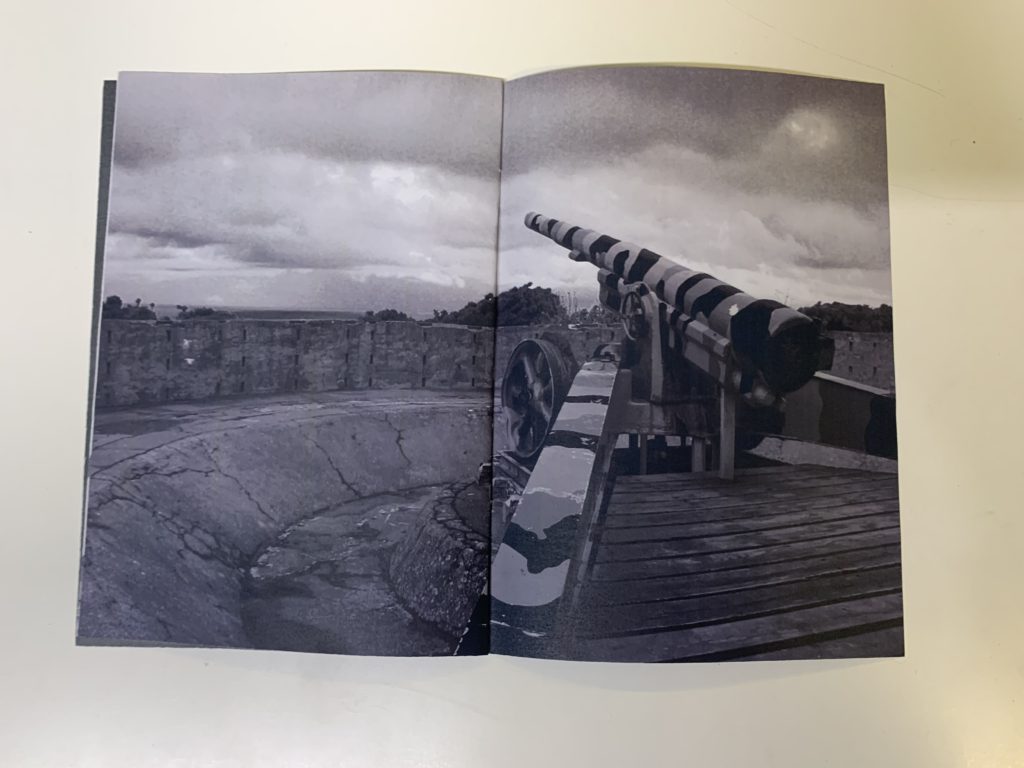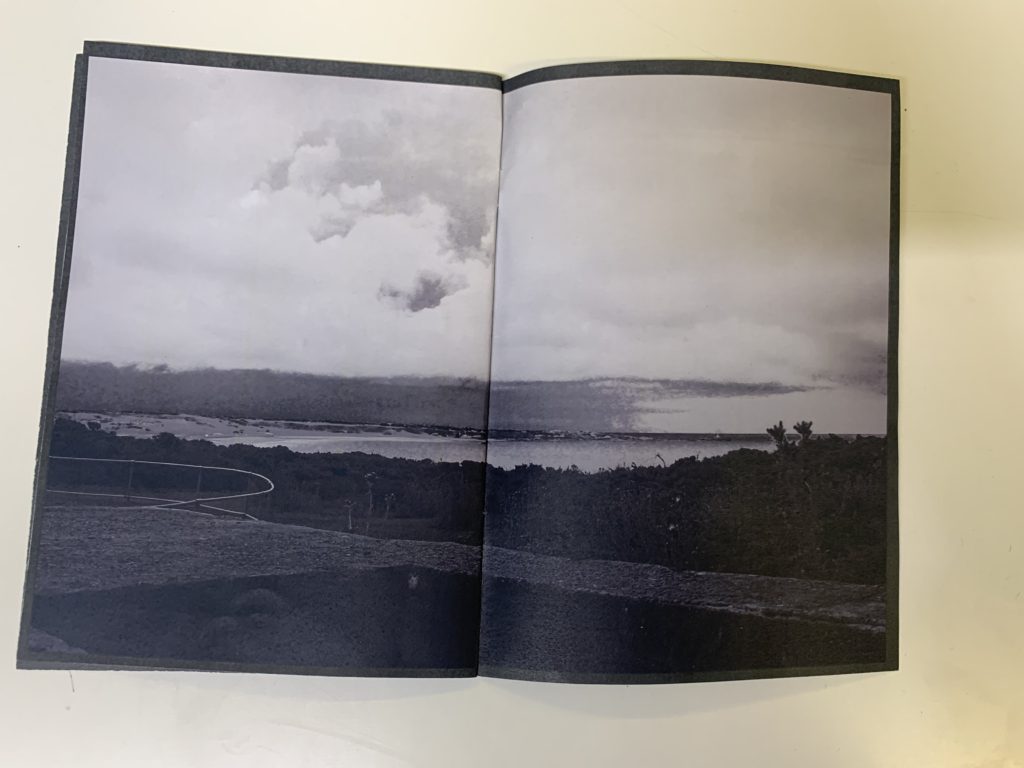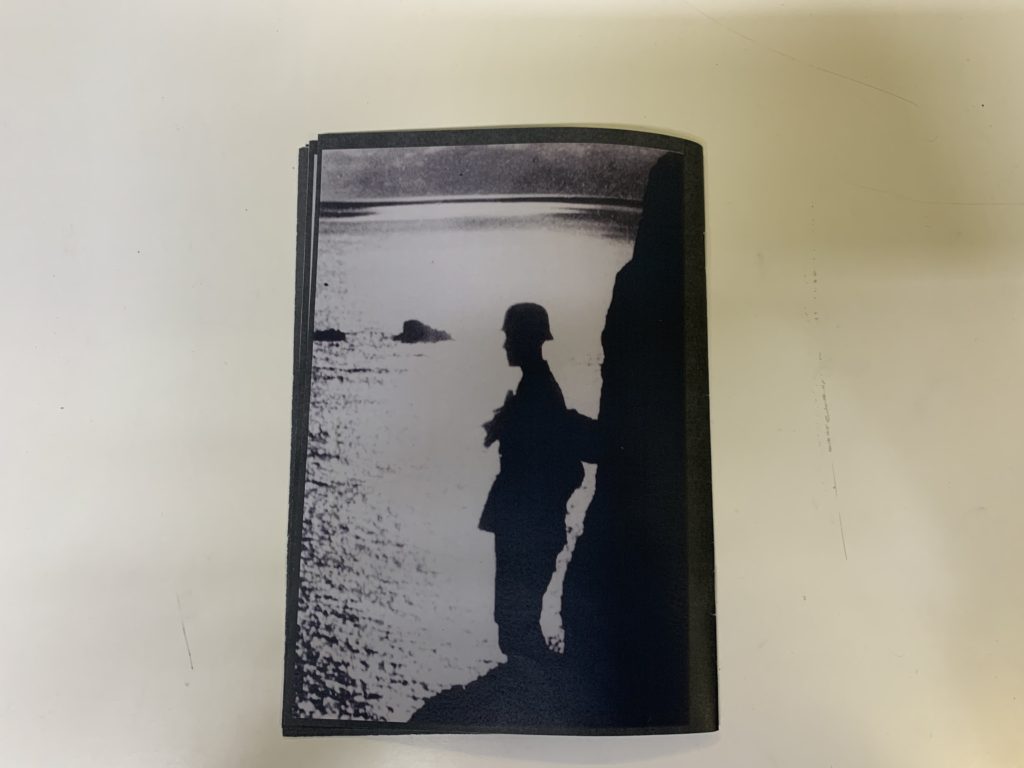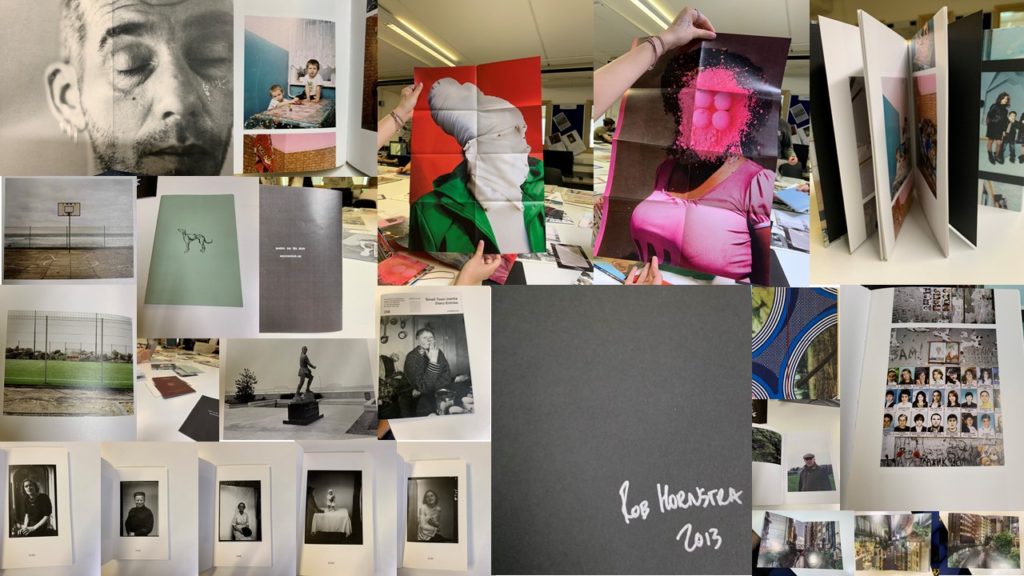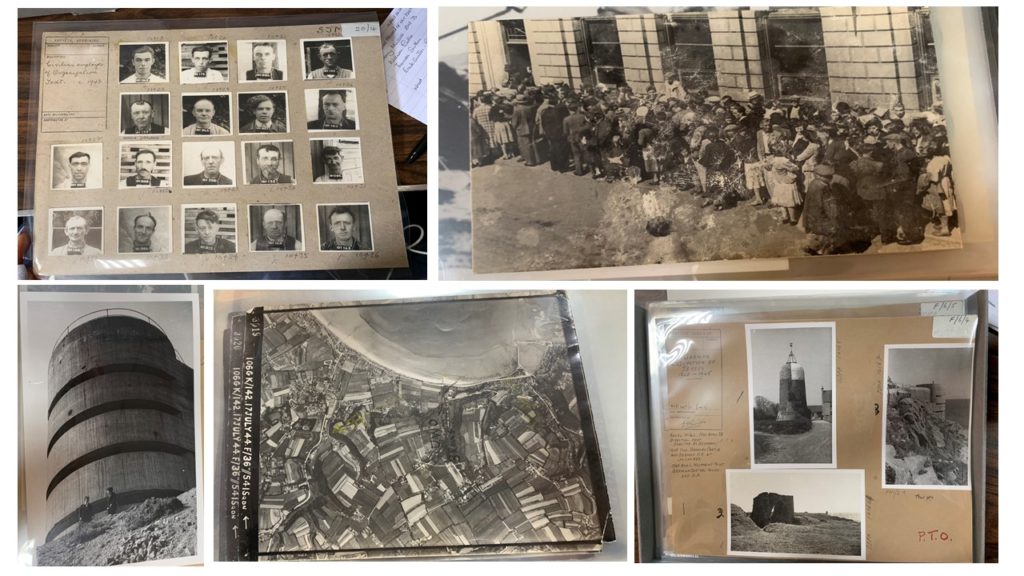For my photo shoot I placed asked by subjects (my mum and dad) what room they believe they spend the most time in and where they find them selves most comfortable, this last point was essential as a lot of the time my parents are not in these rooms most of the time but it where they enjoy being the most and where they most feel at ease and comfortable. This was essential for the project as it aloud me to reflect their personalities through where they are most at home and comforted .Furthermore, i used the natural lighting found around my house and in each room as well as using the natural lighting coming from the windows to help produce the best images possible; this factor also help fully represent the most naturalist situation and truly highlight the significance of the environmental portraits and the deeper meaning that is shown throughout. After taking the photos i download them onto my computer and opened them up in light room which gave me the opportunity to scan through they efficiently and select the best images that i wanted to continue working on and edit.


After finally selecting my images i needed to decide how i wanted to continue on with them; overall i had some black and white images, colour images, overlaid images and finally some images i simply left the same as i believe the image did not need editing and the original was enough to project what I wanted it to.
Black and white images:
For my black and white images i generally chose the image that high over exposure due to the natural lighting of the room as it enabled be to help control this factor therefore leading t an overall improvement in the image. From the black and white images it also help me set a fairly neutral tone compared having a varse majority of bright colour which help control your eye to fixate on one point. For me this something i wanted to avoid with the up coming images; this was because there are so fine details in the background that i wanted the view to notice for example the Channel poster and my mum spotty scarf. This aloud an overall understanding of each image to be projected and represented.
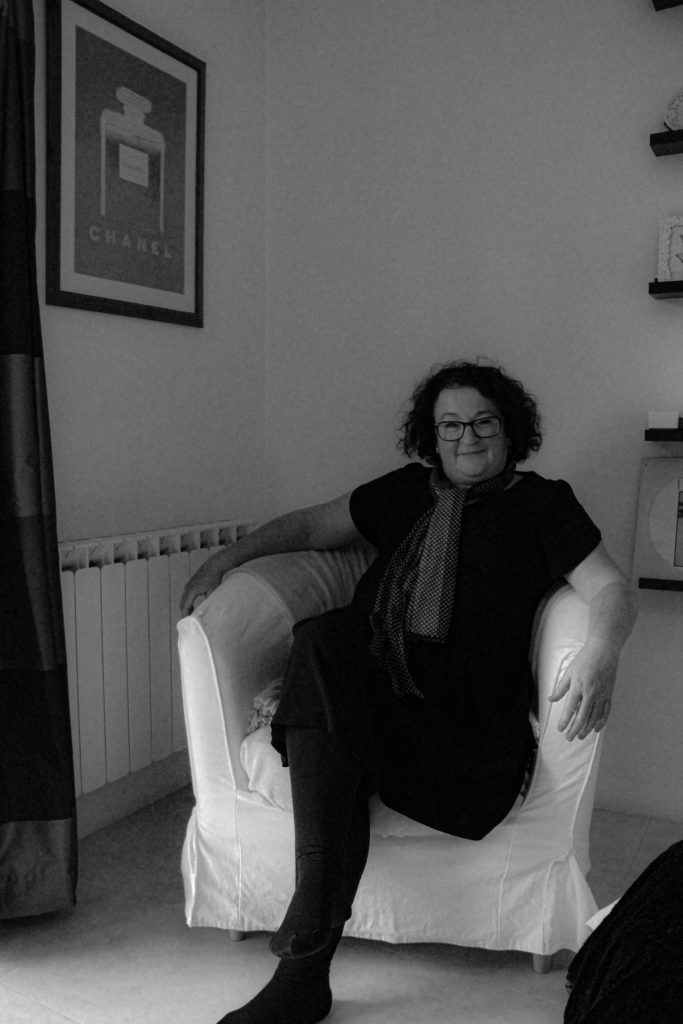


Coloured images:
For my coloured images i wanted to project the comparison between my mum and dads comfort place as well as their opposite personalities, For my dad he was in his garage and has a more warm feeling to the image with a busy background, and light coming from behind him. Compared to my mum who was in the lounge with a more colder editing to the image, with natural lighting shining on to her face with a more simplistic background. To me this offers a large conceptual feature to be projected and displayed; then finally ending on a sharper image of them together which combined the colder and warmer image together creating a more contrasted and colourful image.
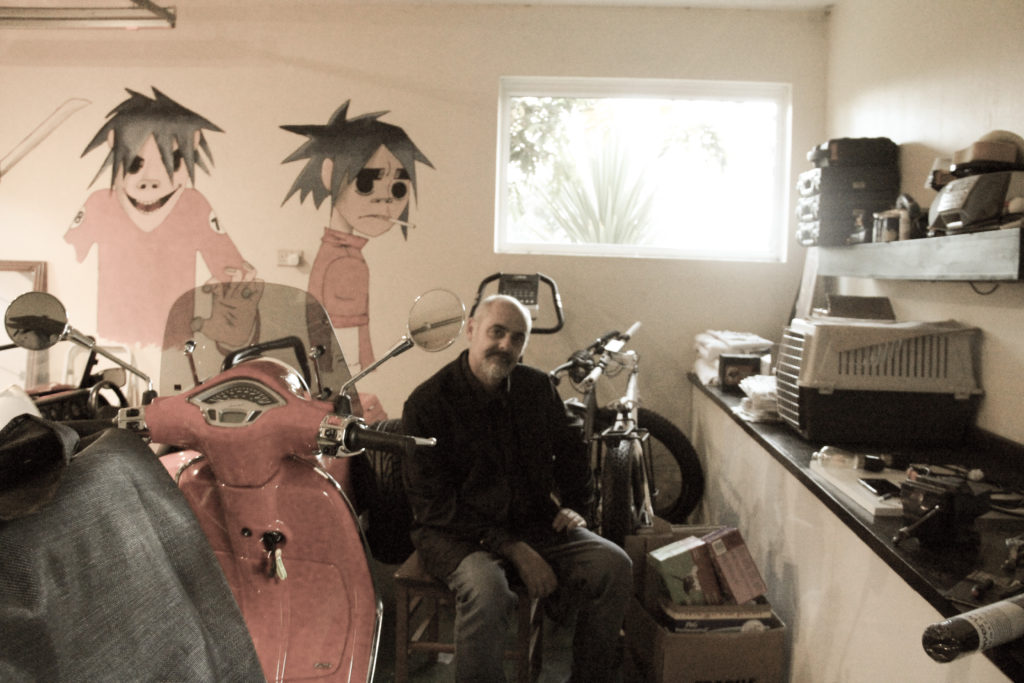
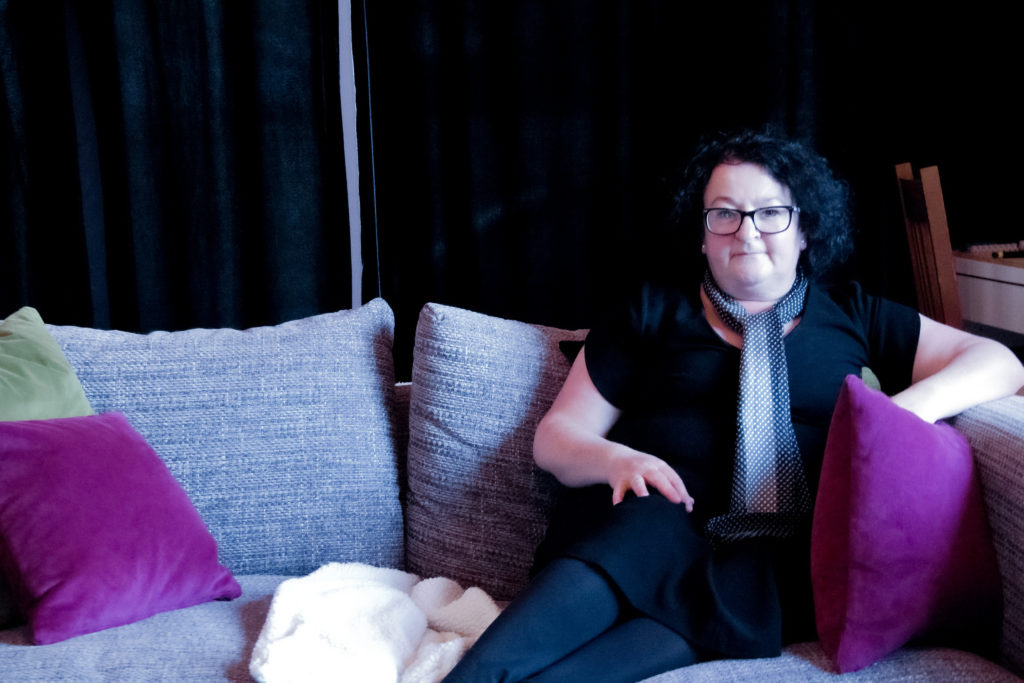
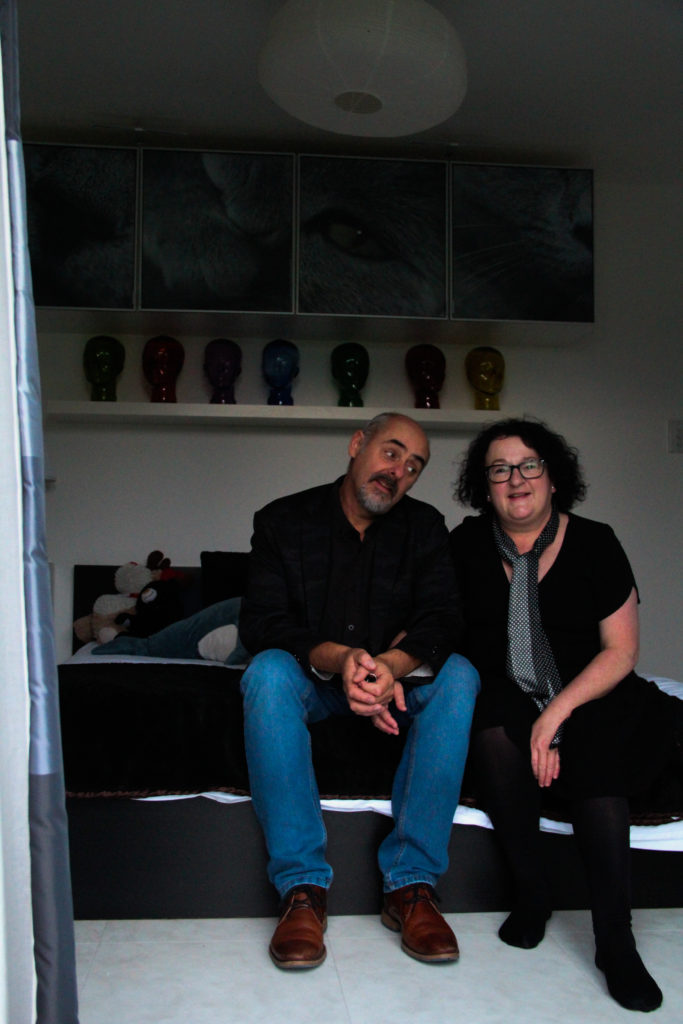
No editing image:
For these two image i decided i wanted to keep them the same to highlight the natural lighting and the type of colours our house has that will help reflect and represent their personalises as well as this in both images they have be#aming smiles which i think add to the idea of needing to be edited and the overall deeper meaning of the images.


Evaluation:
Overall I am responsibly happy and pleased with the final out come of my images of my home sweet home environmental images; i am pleased with the backgrounds and the concepts behind the decision making of what room my parents wanted to be photographed as it highlighted the essential idea about being comfortable and well ‘feeling at home’ this helped aid the deeper meaning and conceptual factors. Furthermore, i am happy with my edits as i feel it really helps demonstrate and represent each of my parents personalities and how they come together and work well as a team. However, next time i would maybe try get what room they are most comfortable in and where they most enjoy being compared to where they actually spend the most amount of time as this would enable an extremely interesting and different point of view as well as well as showing a further understanding of environmental photography and how it is used to tell and represent an individuals story through the use of photography and carefully though out editing.








